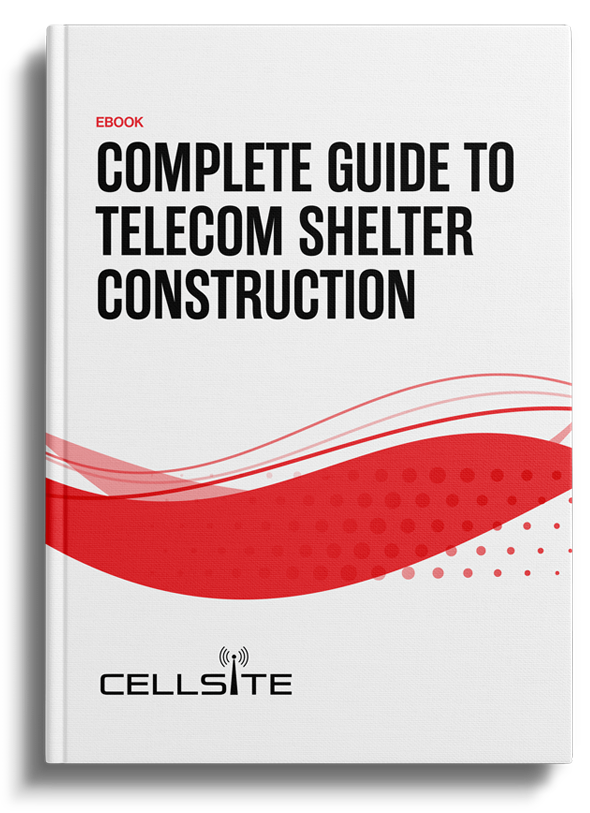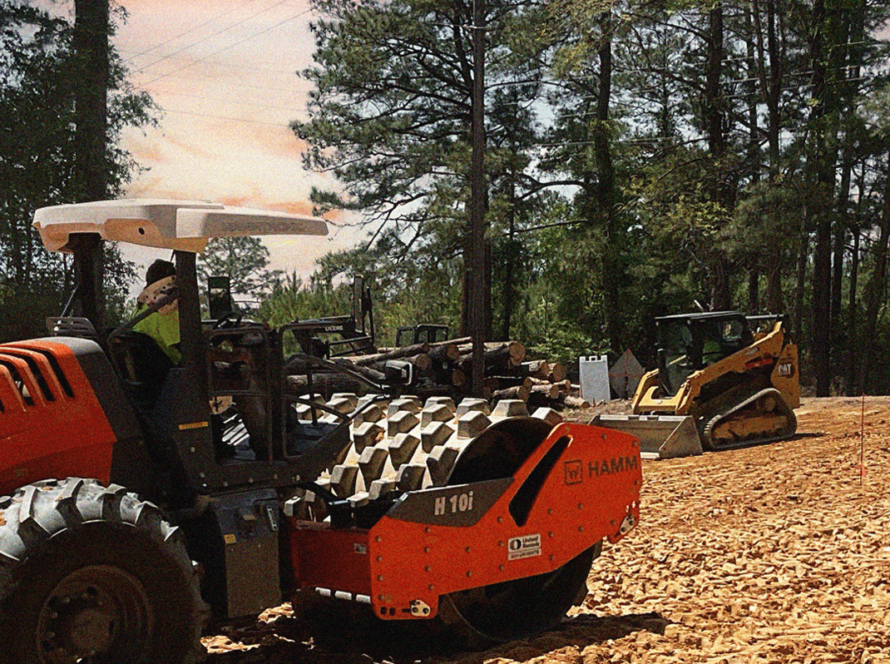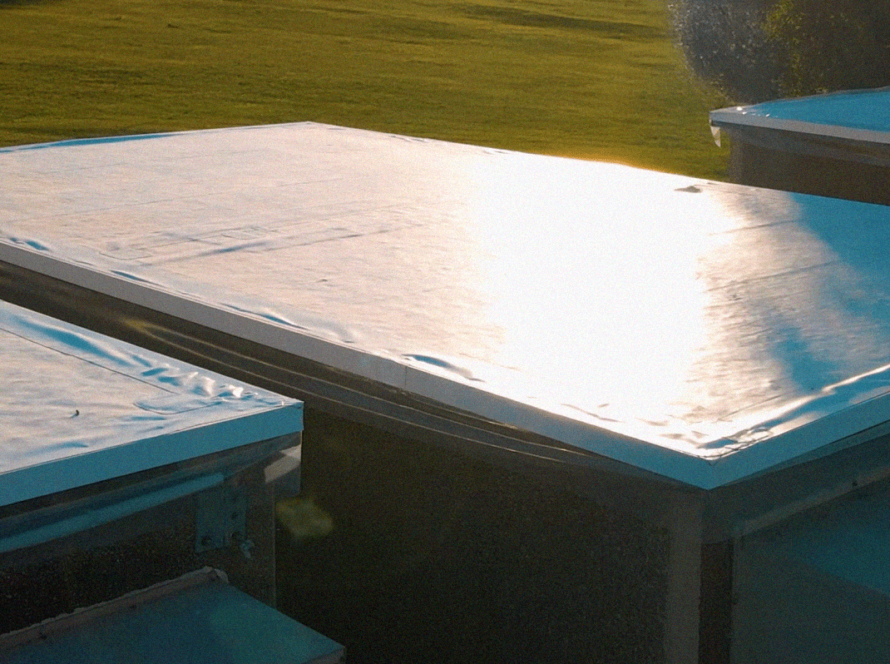In the telecom industry, craning is an essential part in ensuring the delivery and placement of telecom shelters to their final destinations. Let’s take a closer look at why craning and logistics are a critical and often overlooked part in telecom and some of the different types of cranes that are commonly used in this industry as well as how to calculate craning costs ahead of time.
Cranes 101
Cranes are machines that are used to lift, lower, and move heavy objects by suspending them from a beam or cable. There are many different types of cranes, but the most common type used in telecom are mobile cranes. However, there are other common cranes such as tower cranes, and overhead cranes. Let’s learn about all of them.
Mobile Cranes: Mobile cranes are mounted on trucks or trailers and can be moved from one location to another. They’re typically used for short-term projects or for projects where space is limited. The mobile crane is the bread and butter of the telecom industry as it is the most common crane type used to pick and place heavy concrete telecom shelters. Mobile cranes are the go-to when moving telecom shelters from one location to another by loading them onto a truck and trailer and transporting/placing them to their final resting place at a telecom site.
Tower Cranes: Tower cranes are tall structures that consist of a base, tower, and boom. They’re often used on large construction sites where they can be left in place for the duration of the project.
Overhead Cranes: Overhead cranes are similar to tower cranes, but they’re mounted on an elevated structure instead of being freestanding. They’re often used in manufacturing and warehouse settings.
The Different Types of Lifts Used in Telecom
There are four main types of lifts that are commonly used in telecom: single line lifts, double line lifts, horizontal lifts, and angle lifts.
Single Line Lifts: Single line lifts involve suspending an object from a single cable or beam. This type of lift is typically used for lighter objects and can be used for telecom equipment such as HVAC’s and generators.
Double Line Lifts: Double line lifts involve suspending an object from two cables or beams. This type of lift is typically used for heavier objects.
Horizontal Lifts: Horizontal lifts involve moving an object horizontally instead of vertically. This type of lift is often used when space is limited or when an object needs to be moved through a tight space such as a door or window.
Angle Lifts: Angle lifts involve suspending an object from a crane at an angle instead of straight up and down. This type of lift is often used when an object needs to be lifted over obstacles like buildings or trees.
Crane Computation
When it comes to craning, there are a few factors that can impact pricing. First and foremost, site access has the potential for big changes in cost- if an operation requires specialized equipment or skill level then expect higher prices on fuel because of their need; heavier loads mean more money spent with each lift. Want a great way to reduce these expenses? Try finding local companies who provide this service near where you’re working – saving time through reduced travel costs as well.
When it comes to generators and other equipment, those are most likely able to be on/off loaded with a forklift or boom truck. But always pay attention the load capacities of any machine used for this task since they may not all work in tandem depending upon how heavy your generator is.
Craning companies usually format their pricing as follows:
($ mobilization in) + ($ x hours of use) + ($ mobilization out).
Let CellSite Solutions Do the Heavy Lifting
Craning plays a vital role in the telecom industry. From lifting heavy concrete telecom shelters to moving equipment around tight spaces, cranes make it possible for telecom crews to safely and efficiently complete even the most challenging projects.
At CellSite Solutions our team will reduce risks by analyzing your telecom site prior to delivery and managing all communications with each party involved (drivers, cranes, riggers, permits, etc.) This could mean the difference between an on-time and under-budget project versus one that is riddled with complications that quickly goes over deadline and over budget. When you work with us, you’ll get nothing but our best. CellSite will do all the heavy lifting to coordinate necessary logistics and important deadlines to keep your project on time and on budget!
Download FREE eBook
Telecom shelter construction involves more than just building a structure from the ground up. Whether you’re a telecom professional or simply curious about the process, this resource offers valuable insights.




